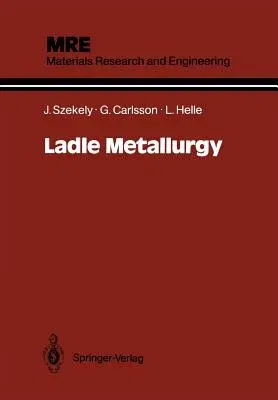Julian Szekely
(Author)Ladle Metallurgy (Softcover Reprint of the Original 1st 1989)Paperback - Softcover Reprint of the Original 1st 1989, 30 September 2011

Qty
1
Turbo
Ships in 2 - 3 days
In Stock
Free Delivery
Cash on Delivery
15 Days
Free Returns
Secure Checkout
Part of Series
Materials Research and Engineering
Print Length
166 pages
Language
English
Publisher
Springer
Date Published
30 Sep 2011
ISBN-10
1461281474
ISBN-13
9781461281474
Description
Product Details
Book Edition:
Softcover Reprint of the Original 1st 1989
Book Format:
Paperback
Country of Origin:
NL
Date Published:
30 September 2011
Dimensions:
24.41 x
16.99 x
0.97 cm
ISBN-10:
1461281474
ISBN-13:
9781461281474
Language:
English
Location:
New York, NY
Pages:
166
Publisher:
Weight:
294.83 gm

